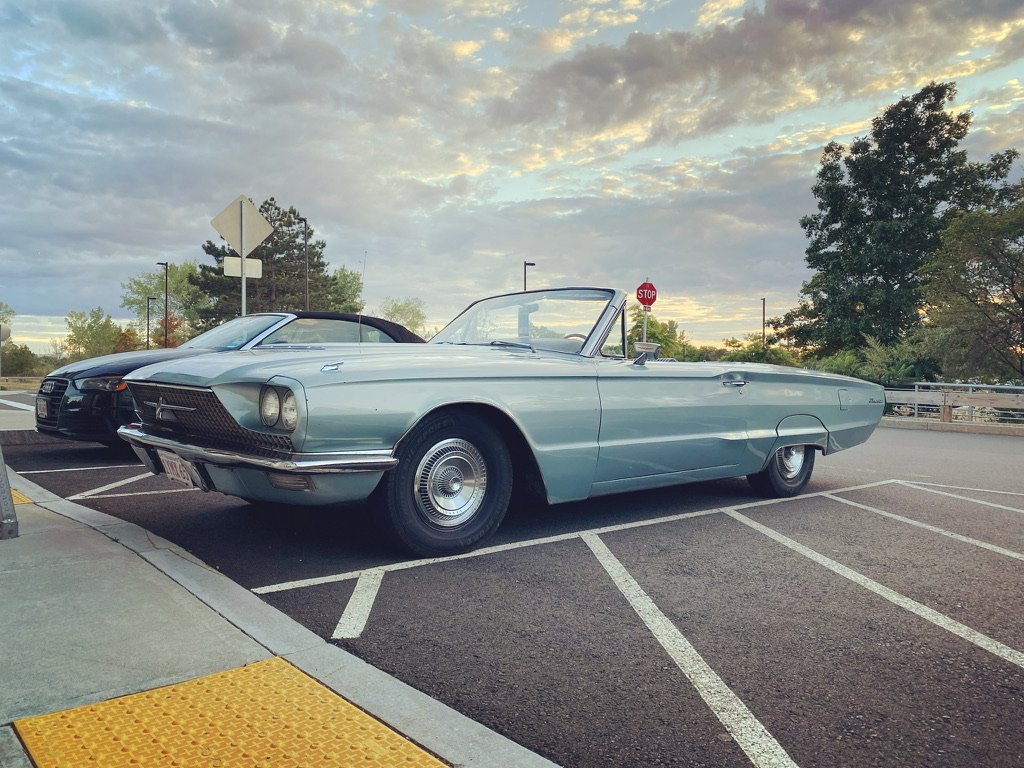The Emperor’s Footsteps - Following the Route Napoléon
/On 1st March 1815, Napoleon Bonaparte returned to France following his escape from exile on the island of Elba, just off the Tuscan coast. Napoleon marched triumphantly towards Paris, gathering support and once again took control of France.
Route map, travelled South to North
It had taken me 12 years to achieve what I was beginning to believe was unachievable, a couple of days of work in Provence that butted straight on to the start of my summer holiday. Having finished up mid-afternoon on the last day, I hopped in my car and left Aix for Cannes to follow the path of Napoleon’s march from the Mediterranean to Laffrey near Grenoble where the tide turned in his support.
The Route Napoléon now is an occasionally-signposted trail that follows the D6085, D4085, D1085 and N85. The route really begins at Golfe-Juan, but Cannes is the normal starting point so, bright and early on a Saturday morning I was on the road heading for Grasse, home of many perfume houses. It was still well before 8am, so I stopped and bought some breakfast from an open boulangerie.
The hairpins begin in the middle of Grasse, tight enough that a single racing-style arm cross isn’t enough even with my car’s quick rack, and you very soon find yourself with a panorama over the Provençal foothills and the Côte d’Azure. Outside thonande town the road traverses the mountainside with with terrific sightlines before you’re pinwheeled around 300 degrees into the next traverse. The torque and the bark of the GRMN made short work of individual dawdlers and sounded amazing with the windows open.
The view south from above Grasse
Somewhere before St. Vallier-de-Thiey a 992 GT-something on local plates teleported up behind me, all wings and roll cage. We picked off a couple of small hatchbacks before a long straight meant I could let him pass. At the summit I stopped to eat my croissant, taking in the view.
The road changed after that. No more clear, rocky mountainsides as I was now thousands of feet above my departure point and the landscape swapped between forest and pasture. I approached Castellane trying to understand who had decided that the best place for a church was on top of an otherwise inaccessible volcanic outcrop. Castellane was like a page of the France Magazine calendar come-to life. I should have stopped there for a coffee and a walk, but the market was in full swing and parking impossible so I set course for Digne.
Chapelle Notre Dame du Roc, if you look closely.
Castellane to Digne takes you via the Gorge du Verdon where the D4085 somehow clings to the limestone walls and, like some kind of crazy party trick, even passes through an archway. It’s a constant cycle of brake, shift, turn, accelerate. I was itching to take a photo, but to do so solo was impossible. At one “Sonnez” sign I wondered if my exhaust note would be enough, but sounded the horn as expected. From Digne I followed the road, fast straights joined by technical sets of hairpins, towards Gap and lunch.
Gap is a pretty town, sitting in the base of the “Sillon de Gap”, a huge bowl carved out by glaciers and surrounded by carved, Mordor-esqe peaks. I parked up and took a walk around,choosing to eat in one of the cafés in Place Jean Marcellin. One “Formule” later and I refreshed and ready for the final leg.
SillOn de Gap from the Col Bayard
As I approached Gap the roads had become wider, flatter and busier, and I was expecting more of the same from there to Grenoble but the hairpins of the Col Bayard had begun before I’d even left the town. The summit of Bayard is the highest point of the route at 1,246m (4,088ft) and the views across Gap to the south make stopping at the viewing table a must.
Statue of Napoléon I at Laffrey
My expectation of easier driving was completely amiss and the pairing of long straights across valley floors and plateaus joined by climbing or descending hairpins continued through Laye, Corps and La Mure before straightening out as I followed the valley floor past the Lac de Laffrey to the “Prairie de la Rencontre” where Napoleon and his small umber of troops met a battalion who had been sent to arrest him. History says that Napoléon left his troops behind and walked towards the battalion before stating, “If any of you will shoot his Emperor, here I am!” The soldiers defected there and then crying, “Vive l’Empereur!” And the march north continued. To celebrate this event a statue of Napoléon astride his mount faces Grenoble, its back to the Lac de Laffrey. It’s certainly worth stopping to study the statue and take the short walk to the viewpoint.
From Laffrey it’s literally downhill all the way to Grenoble, the N85 descending the treacherous Rampe de Laffrey towards Vizille. It’s a straight, steep road descending 300m in 7.5km, averaging 12% but sometimes as steeep as 18%, that ends in a 110 degree right-hand bend. After an accident in 2007, meaning a death toll of over 150 since 1946 and the dubious honour of being the deadliest stretch of road in France, the road was closed to trucks and coaches. Engine braking is your friend.
The end of my trip was something of an anticlimax. Grenoble has recently installed a tram system and the lie of the land differed significantly from the lies of my satnav and aware that I was running significantly later than planned I aborted at the 2nd re-route, conscious that my family were waiting another 175 miles north. It seemed, to me at least, an anticlimax that such an epic route should finish without there being a statue, an information board or, even, a sign post but, looked at in the context of Napoleon, that’s quite fitting. Only one hundred days after coming ashore at Golfe-Juan he had been defeated and captured at Waterloo to be imprisoned in St. Helena. I just had to circumnavigate Lyon...







